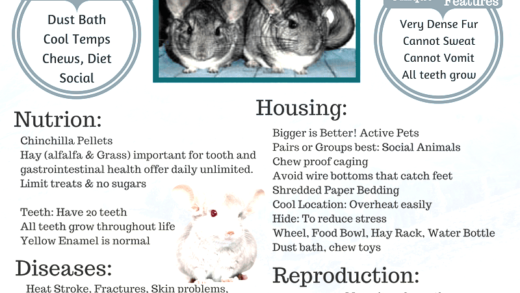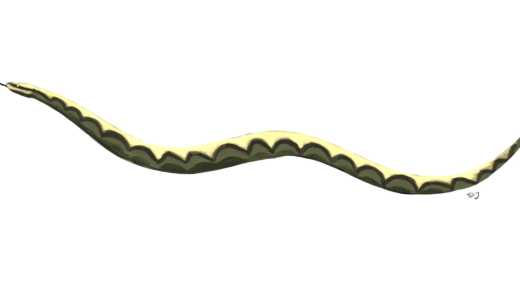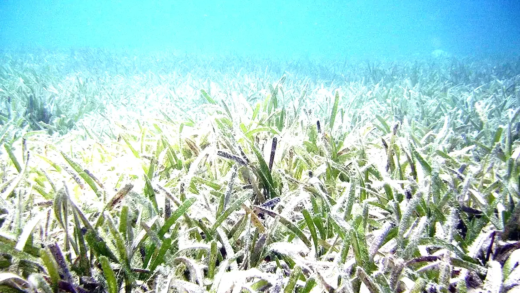This article explores the concept of gene pools, their components, and the importance of genetic diversity for species survival. It discusses the impacts of inbreeding, offers actionable steps for preserving genetic diversity, and emphasizes the significance of caring for gene pools in maintaining biodiversity.
Gene Pool Basics: Understanding the Gene Pool
Gene pool refers to the complete set of genetic information within a population. It encompasses all the alleles, or variations, of genes that exist in that population. This collection of genetic material is crucial for the survival and adaptability of a species. A diverse gene pool allows populations to adapt to changing environments, resist diseases, and maintain overall health. In contrast, a limited gene pool can lead to vulnerability and increased risk of extinction.
Components of a Gene Pool: What Makes It Up?
The components of a gene pool include various alleles that contribute to the genetic diversity of a population. Each organism within a species carries a unique combination of genes inherited from its parents. Key components of a gene pool include:
- Alleles: Different forms of a gene that can exist at a particular locus.
- Genetic Variability: Variations that arise from mutations, gene flow, and sexual reproduction.
- Population Size: Larger populations typically have a more extensive gene pool.
A robust gene pool is essential for the resilience of a species. It ensures that there are sufficient genetic variations to adapt to environmental changes or challenges.
Human DNA’s Role: How Does Your DNA Contribute?
Human DNA plays a significant role in the overall gene pool of our species. Each individual carries a unique set of genes, which contributes to the genetic diversity of the human population. This diversity is essential for several reasons:
- Health Resilience: A diverse gene pool helps populations resist diseases and adapt to new health challenges.
- Evolutionary Potential: Genetic variations allow for evolution and adaptation to changing environments.
- Cultural Impacts: Human genetics also influences various traits, including physical appearance and susceptibility to certain conditions.
Understanding the importance of our DNA within the gene pool emphasizes the need for preserving genetic diversity not just in humans but across all species.
Genetic Diversity: Why It Matters
Genetic diversity is the cornerstone of a healthy gene pool. It refers to the variety of genetic information within a population. This diversity is vital for several reasons:
- Adaptability: Populations with high genetic diversity are more adaptable to environmental changes. They can develop resistance to diseases and cope with changing climates.
- Survival: A rich gene pool ensures that some individuals may possess traits that allow them to survive in adverse conditions, thereby ensuring the continuation of the species.
- Reproductive Success: Diverse gene pools often lead to healthier offspring, reducing the risk of genetic disorders.
In essence, genetic diversity enhances the resilience of species, allowing them to thrive despite challenges. Without it, species face increased risks of extinction, underscoring the need for conservation efforts.
Effects of a Shrinking Gene Pool: What Happens When It Shrinks?
A shrinking gene pool can have dire consequences for species survival. When genetic diversity decreases, several issues arise:
- Inbreeding: A limited gene pool often leads to inbreeding, which increases the likelihood of genetic defects and lowers fertility rates.
- Vulnerability: Populations become more susceptible to diseases and environmental changes, as they lack the genetic variation needed to adapt.
- Extinction Risk: With reduced genetic diversity, the risk of extinction increases. A famous example is the cheetah, which has faced significant population bottlenecks, leading to genetic uniformity and health issues.
The ramifications of a shrinking gene pool emphasize the critical need for preserving genetic diversity across species.
Examples in Nature: Where Can We See Shrinking Gene Pools?
Several species illustrate the phenomenon of shrinking gene pools. Notable examples include:
- Florida Panthers: Once on the brink of extinction, their population was reduced to fewer than 30 individuals, leading to inbreeding and health problems.
- Giant Pandas: Habitat loss has severely limited their gene pool, making them vulnerable to environmental changes.
- Arabian Oryx: Once extinct in the wild, conservation efforts have helped revive their population, but the gene pool remains limited due to historical bottlenecks.
These examples highlight the urgent need to address the challenges posed by shrinking gene pools and take measures to protect and enhance genetic diversity.
Inbreeding and Its Impact on Gene Pool Health
Inbreeding poses a significant threat to the health of gene pools. It occurs when closely related individuals breed, resulting in a higher likelihood of genetic defects. This is particularly problematic in small populations where genetic diversity is already limited. The consequences of inbreeding can include:
- Increased Genetic Disorders: Inbreeding often leads to the expression of deleterious alleles, increasing the chances of genetic disorders among offspring.
- Reduced Fertility: Inbred populations tend to have lower fertility rates, making it harder for them to sustain their numbers.
- Lowered Survival Rates: Species that experience inbreeding may struggle to survive in changing environments due to a lack of adaptive traits.
The relationship between inbreeding and gene pool health underscores the need for conservation efforts aimed at enhancing genetic diversity. Protecting diverse habitats and facilitating gene flow between populations can help mitigate the risks associated with inbreeding.
Steps to Preserve Genetic Diversity
Preserving genetic diversity is crucial for the survival of species and the health of ecosystems. Here are several actionable steps that can be taken:
- Habitat Conservation: Protecting natural habitats ensures that species can thrive and maintain their genetic diversity.
- Creating Wildlife Corridors: Wildlife corridors facilitate gene flow between populations, reducing the risks of inbreeding.
- Breeding Programs: Conservation breeding programs can help increase population numbers and genetic diversity, especially for endangered species.
- Public Awareness Campaigns: Educating the public about the importance of biodiversity can foster support for conservation initiatives.
Taking these steps can significantly contribute to preserving genetic diversity, which is essential for the resilience of species.
Why Caring for Gene Pools Matters
Caring for gene pools is not just an ecological concern; it directly impacts our future. Healthy gene pools are vital for:
- Biodiversity: Maintaining diverse gene pools supports the overall health of ecosystems, which in turn benefits all life forms.
- Human Health: Genetic diversity in wildlife can lead to discoveries of new medicines and treatments, as many pharmaceuticals are derived from natural sources.
- Environmental Stability: Populations with diverse genetic backgrounds are more likely to adapt to environmental changes, ensuring ecosystem stability.
In summary, maintaining healthy gene pools is crucial for biodiversity, human health, and environmental stability. Our actions today will shape the future of countless species, making it imperative to prioritize conservation efforts.





Comments are closed.